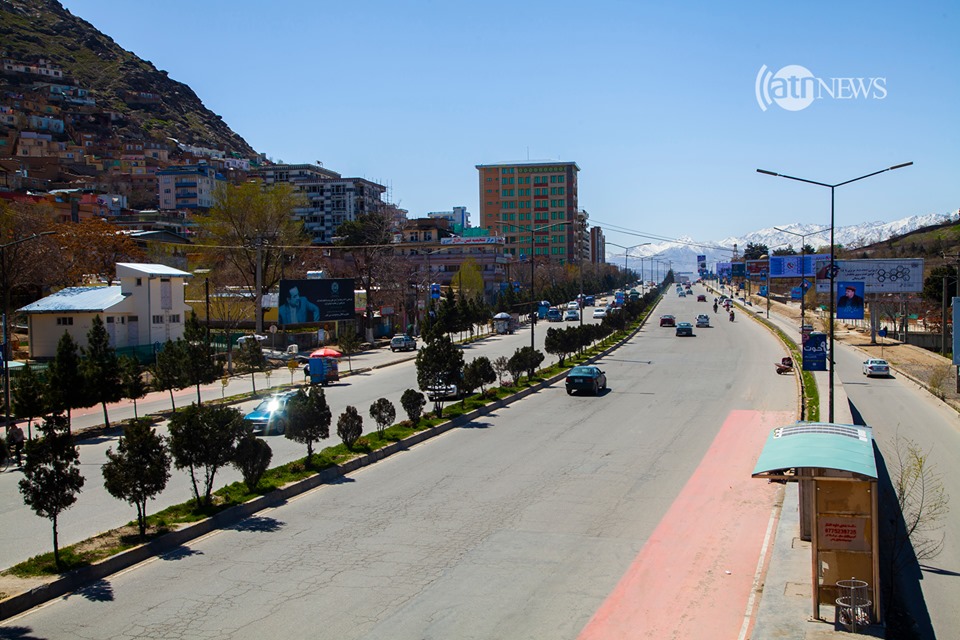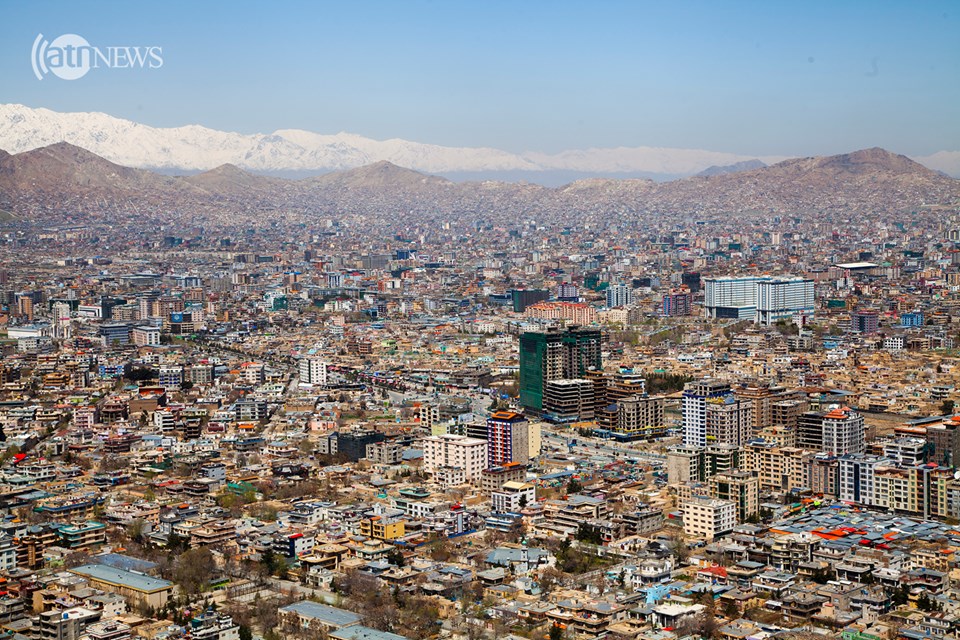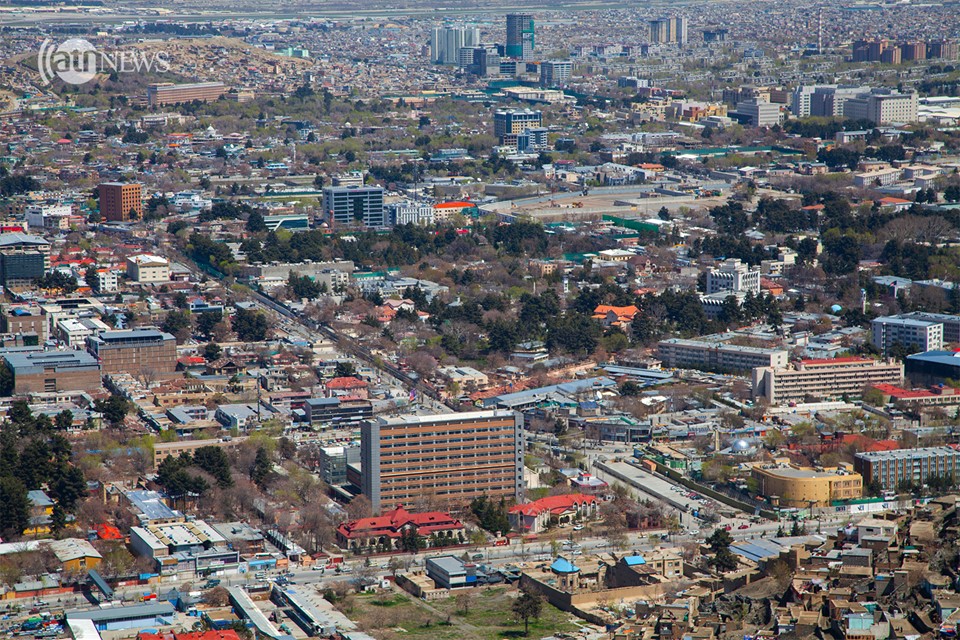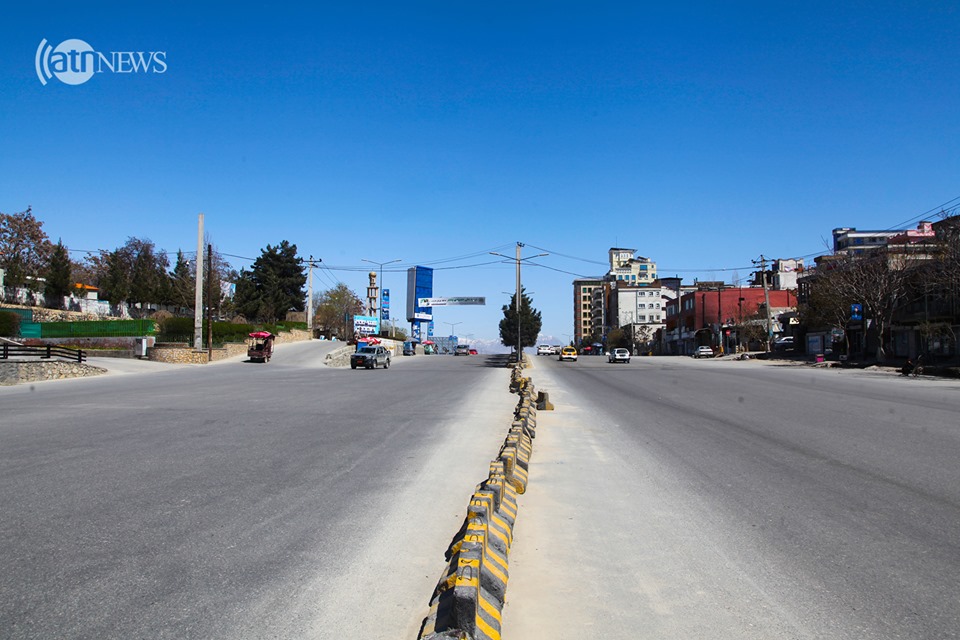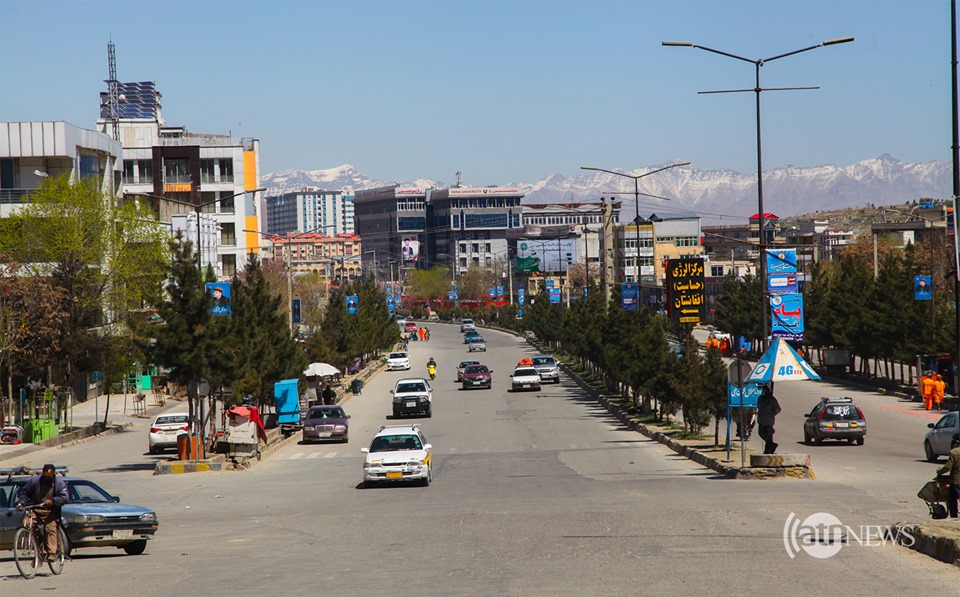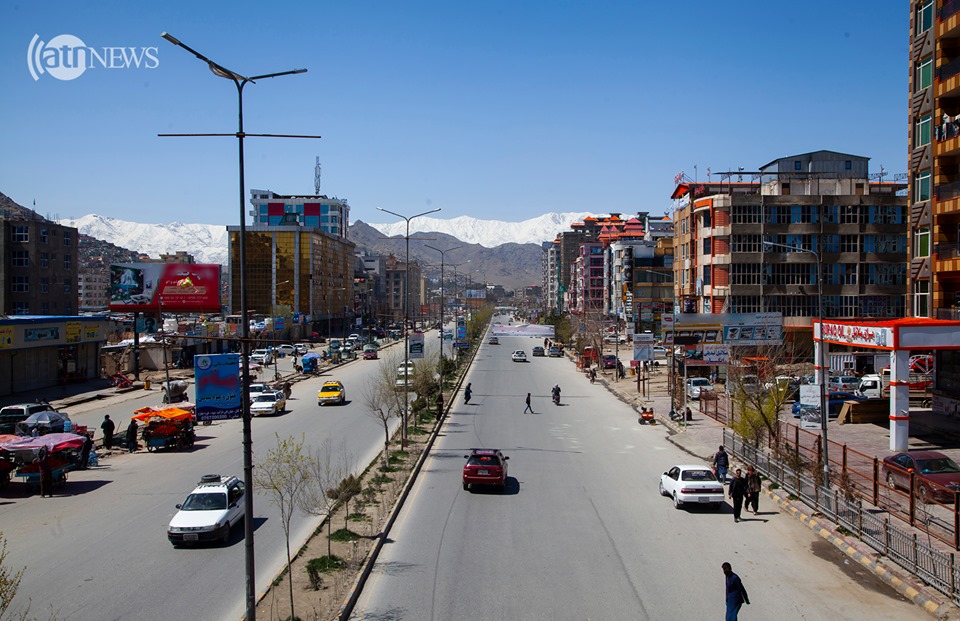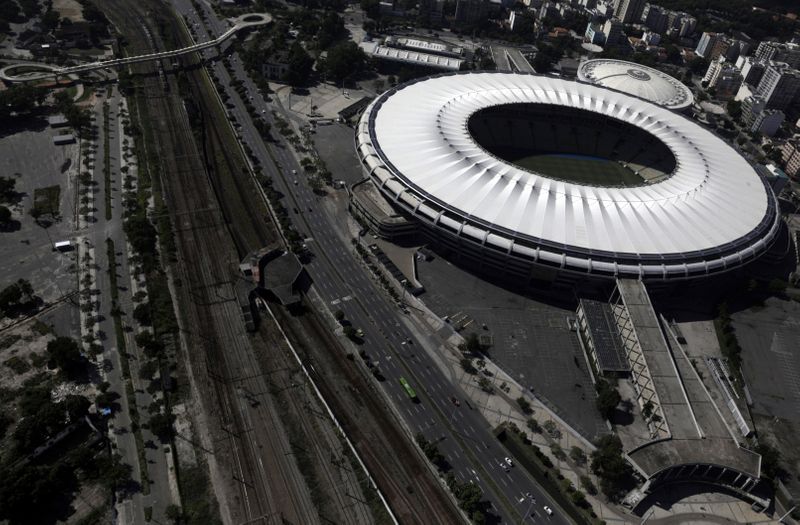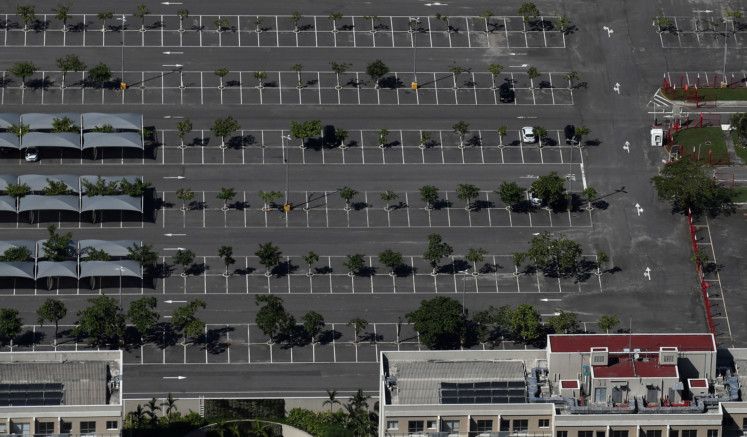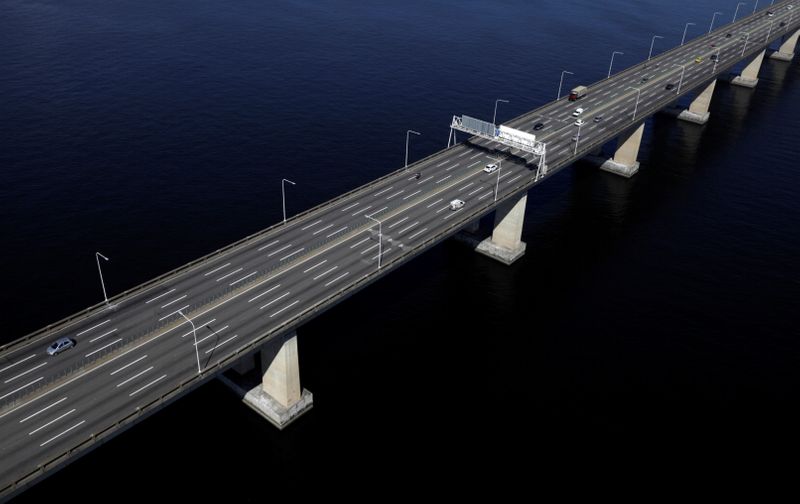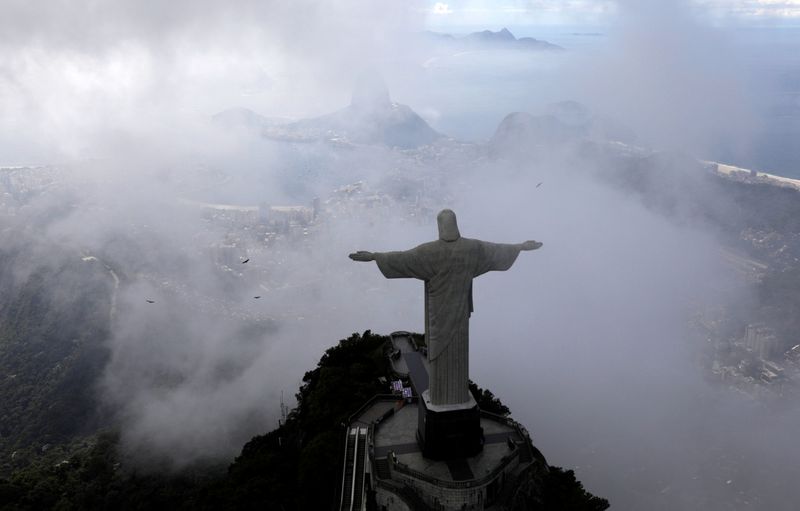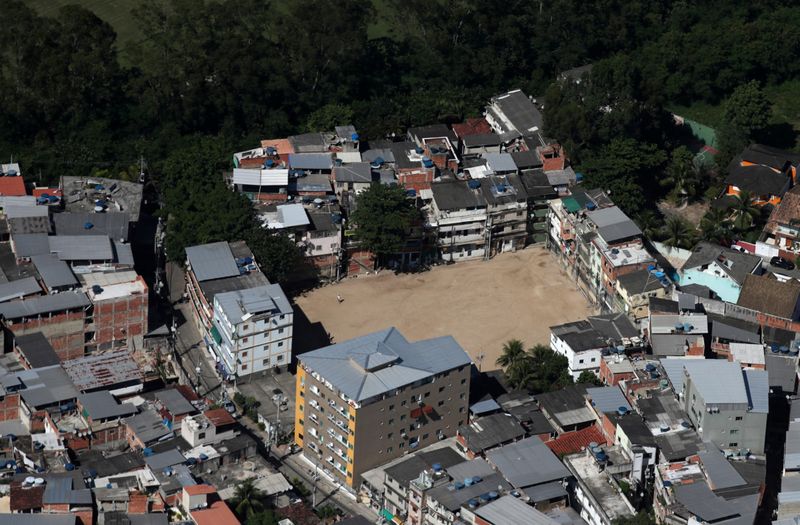Latest News
An outlook of Kabul city under Coronavirus lockdown
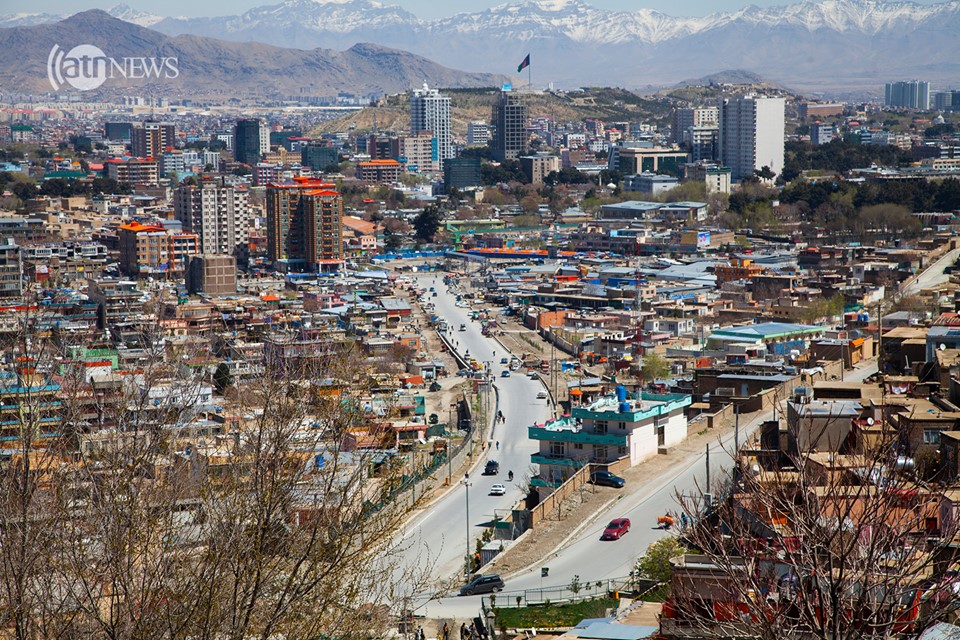
Kabul is living its hard time, facing the threat of the COVID-19 pandemic – although people do not take it seriously, the city is experiencing a lock-down.
Kabul is the second Afghan city hit by the virus. Though several cases are being tested positive for the virus in the capital Kabul every day, and restrictions have been announced by the authorities, neither the disease nor the restrictions on movements have been taken seriously by most people. Many believe that the real concern is that if the inconsideration and the recklessness continue, the city will walk into an uncontrollable situation.
Kabul City footage under Coronavirus lockdown
Image Credit: ARIANANEWS
The number of confirmed COVID-19 cases in all over Afghanistan is now in hundreds.
Image Credit: ARIANANEWS
Allaudin area of Kabul; movement seems less than it was before.
Image Credit: ARIANANEWS
Bagh-e Bala area of Kabul; now deserted.
Image Credit: ARIANANEWS
Dahanai Nal area of Kabul; People work here despite the lockdown.
Image Credit: ARIANANEWS
Central area of Kabul, Dar-ul-Aman represents a decent curfew.
Image Credit: ARIANANEWS
Enhesarat area of Kabul; People still work here reasoning poverty.
Image Credit: ARIANANEWS
Kart-e-Char, the heart of Kabul; lockdown almost welcomed by people.
Image Credit: ARIANANEWS
Kart-e-Mamoorin area; deserted for the sake of the lockdown.
Image Credit: ARIANANEWS
Kart-e-Parwan; People seem to be abiding by the lockdown.
Image Credit: ARIANANEWS
Kot-e-Sangi area of Kabul; Few people walk around.
Image Credit: ARIANANEWS
Pol-e-Sokhta area of Kabul – Commuted as usual.
Image Credit: ARIANANEWS
Qowa-e-Markaz Road, a commercial spot of Kabul; no trade activities are seen.
Image Credit: ARIANANEWS
Darwaza-e-Sher, hillside area; inhabited by the poor – the quarantine has been painful here.
Image Credit: ARIANANEWS
The quarantine measures have been imposed in many other countries across the world. To name a few, US, India and Brazil have been implementing curfew as a part of efforts to slow down the transmission of the Coronavirus. Meanwhile, Americas, Indians and Brazilians have welcomed the lock down, helping the government in the fight against the COVID-19 by staying put.
Freeway connections in Rio de Janeiro
Image Credit: REUTERS
Empty soccer fields in the Flamengo neigborhood of Rio de Janeiro
Image Credit: REUTERS
Maracana stadium in Rio de Janeiro
Image Credit: REUTERS
Ipanema beach in Rio de Janeiro
Image Credit: REUTERS
The Candelaria church and Presidente Vargas Avenue in Rio de Janeiro’s downtown
Image Credit: REUTERS
A mall parking in Rio de Janeiro’s Barra da Tijuca neighborhood
Image Credit: REUTERS
The Rio-Niteroi bridge in Rio de Janeir
Image Credit: REUTERS
The Christ the Redeemer in Rio de Janeiro
Image Credit: REUTERS
The Rio das Pedras slum in Rio de Janeiro
Image Credit: REUTERS
Presidente Vargas Avenue in Rio de Janeiro
Image Credit: REUTERS
Many US states and cities have told their citizens to stay home and avoid contact with other people. These images show how empty schools, parking lots and city streets have become.
US cities in Coronavirus quarantine, seen from above
Image Credit: The Guardian
US cities in Coronavirus quarantine, seen from above
Image Credit: The Guardian
US cities in Coronavirus quarantine, seen from above
Image Credit: The Guardian
US cities in Coronavirus quarantine, seen from above
Image Credit: The Guardian
US cities in Coronavirus quarantine, seen from above
Image Credit: The Guardian
In India, a three-week nationwide lockdown has been imposed by Indian Prime Minister Narendra Modi, in an attempt to halt the spread of the Coronavirus.
India’s 1.3billion population in lockdown – in pictures
Image Credit: The Guardian
India’s 1.3billion population in lockdown – in pictures
Image Credit: The Guardian
India’s 1.3billion population in lockdown – in pictures
Image Credit: The Guardian
India’s 1.3billion population in lockdown – in pictures
Image Credit: The Guardian
India’s 1.3billion population in lockdown – in pictures
Image Credit: The Guardian
Latest News
Girls’ education is a ‘vital issue’ for Afghanistan: Karzai

Former president Hamid Karzai said in a meeting with Iran’s ambassador and special representative, Hassan Kazemi Qomi, that education of girls was a “vital issue” for Afghanistan.
Karzai said he appreciated Iran’s cooperation and its standing with the Afghan people, especially Iran’s contributions to education in Afghanistan.
During the meeting, Karzai said peace and stability in the region are in the interest of all regional countries.
Latest News
Uzbekistan’s humanitarian aid arrives in Balkh

A shipment of humanitarian aid from Uzbekistan was handed over on Thursday to the local officials of Balkh province in the trade port of Hairatan.
Local authorities said the aid, which includes flour, oil, wheat, sugar and meat, has been handed over by Uzbekistan’s Surkhandarya governor to the governor of Balkh.
The governor of Surkhandarya stated the purpose of sending this aid was to support the people of Afghanistan and stressed the need for the development of good relations between the two countries.
Latest News
Afghanistan’s problems caused more damage to Pakistan than 3 wars with India: Durrani
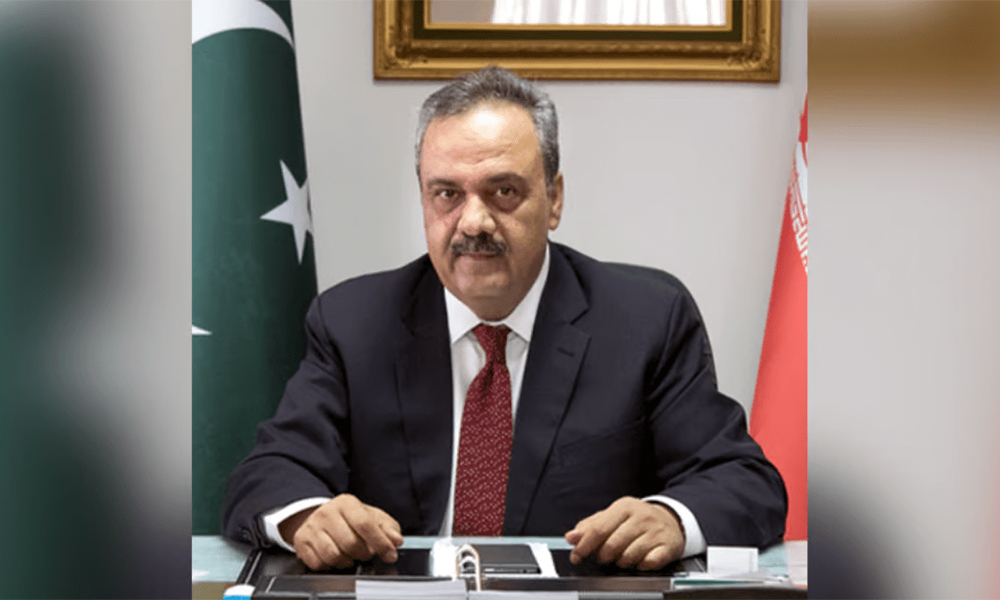
Islamabad’s special envoy for Afghanistan Asif Durrani said on Wednesday that Pakistan has suffered more due to Afghanistan’s internal situation than Pakistan has suffered in three wars with India in terms of blood spilt and finances drained.
Durrani said at a one-day International Conference titled “Pakistan in the Emerging Geopolitical Landscape”, which was organized by the Institute of Strategic Studies Islamabad (ISSI) and the German Friedrich Ebert Stiftung (FES), that over 80,000 Pakistanis died in the two decades of the War on Terror and that his country was still counting its dead and injured.
“After the withdrawal of NATO forces, it was hoped that peace in Afghanistan would bring peace to the region. However, such expectations were short-lived,” he said.
He also stated that attacks by the Tehreek-e-Taliban Pakistan (TTP) militant group on Pakistan’s border areas increased by 65 percent, while suicide attacks increased by 500 percent.
“The TTP’s enhanced attacks on Pakistan while using Afghan soil have been a serious concern for Pakistan. Another worrying aspect is the participation of Afghan nationals in these attacks,” he said.
Durrani also said Pakistan had suffered geopolitically since the Soviet Union invaded the neighboring country.
“The post-9/11 world order has negatively impacted Pakistan. Apart from losing 80,000 citizens’ lives, including 8,000 law enforcement agency personnel, the country’s economic opportunity cost is estimated at $150 billion,” Durrani said.
Talking about the future outlook for Pakistan in the regional context, Durrani said that while “our eastern neighbor is likely to continue with its anti-Pakistan pursuits, the western border poses an avoidable irritant in the short to medium term.”
However, he said Pakistan can overcome its difficulties with Afghanistan, including the TTP challenge.
-
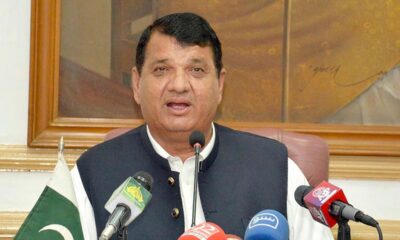
 Latest News4 days ago
Latest News4 days agoPakistan’s frontiers minister stresses ‘dignified’ return of Afghan refugees
-
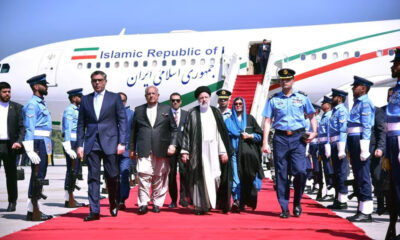
 Regional3 days ago
Regional3 days agoIranian president lands in Pakistan for three-day visit to mend ties
-

 Climate Change4 days ago
Climate Change4 days agoMassive river flooding expected in China, threatening millions
-
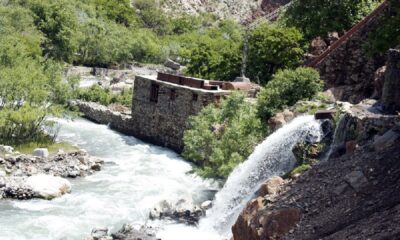
 Latest News4 days ago
Latest News4 days agoChinese keen to invest in Panjshir-Kabul water conduit project
-

 Latest News2 days ago
Latest News2 days agoRashid Khan named AWCC’s brand ambassador
-

 World4 days ago
World4 days agoTwo Japan navy helicopters crash, one body found, 7 missing
-

 Sport3 days ago
Sport3 days agoKolkata beat Bengaluru by one run in IPL as Kohli fumes at dismissal
-

 Sport3 days ago
Sport3 days agoACL: Aino Mina 3-0 Istiqlal Kabul; Attack Energy 3-0 Khadim




